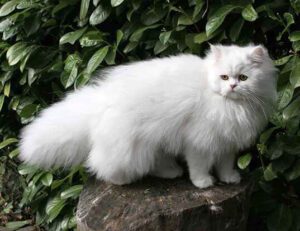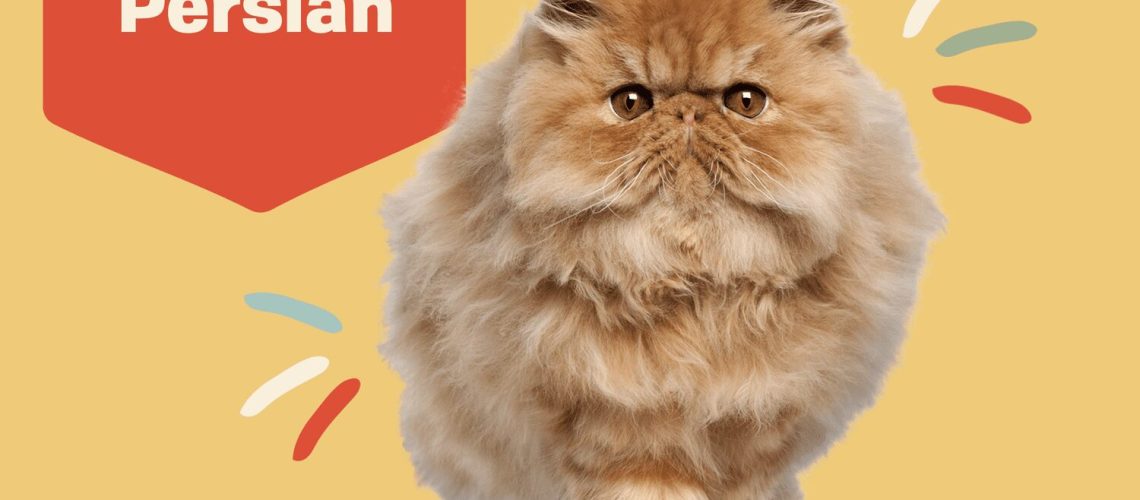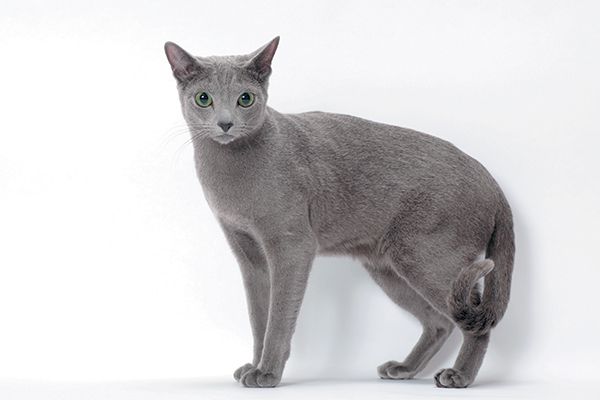Are you ready to embark on a journey into the world of feline elegance? Look no further, because we have the ultimate guide for you! Whether you're a cat lover or simply curious about these majestic creatures, delving into the world of Persian cats will not only satisfy your curiosity but also provide you with a wealth of knowledge and benefits. Understanding this topic is essential because it allows us to appreciate the beauty and grace of these stunning creatures while learning how to care for them properly. By the end of this guide, you'll be equipped with all the information you need to become a true feline aficionado. Get ready to unravel the secrets behind these regal beauties and unlock a whole new level of appreciation for our furry friends!
Key Takeaways:
- Persian cats are known for their elegant appearance, with long, luxurious coats and expressive eyes.
- Regular grooming is essential for Persian cats to prevent matting and keep their coat healthy and shiny.
- Persians are generally calm and gentle in nature, making them great companions for families or individuals looking for a relaxed pet.
- Due to their facial structure, Persians can be prone to certain health issues such as breathing difficulties and eye infections.
- Providing a balanced diet, regular vet check-ups, and a clean living environment are crucial for maintaining the overall well-being of Persian cats.
What makes the Persian cat special?
The unique appearance of Persian cats
Persian cats are known for their distinct and luxurious appearance. They have long, thick fur that comes in a variety of colors and patterns, including solid, tabby, and tortoiseshell. Their round faces are adorned with large, expressive eyes that can be blue, green, or copper in color. The flat nose and small ears add to their adorable look.
A calm and gentle temperament
Persian cats are famous for their sweet and gentle nature. They tend to be laid-back and enjoy a relaxed lifestyle. They make excellent companions for people who prefer a peaceful environment. Persian cats are not as active or playful as some other breeds but they make up for it with their loving and affectionate personality.
How is the Persian cat different from other cats?
The flat face of Persian cats
One notable feature that sets Persian cats apart from other breeds is their flat face. This unique facial structure gives them a distinctive look but also comes with some health concerns. The flat face can lead to respiratory problems in Persians, so it's important to monitor their breathing and provide proper care.
The grooming needs of Persian cats
Persian cats require regular grooming due to their long fur. Their coat can easily become tangled and matted if not properly maintained. Daily brushing is necessary to keep their fur healthy and free from knots. Additionally, regular baths may be needed to keep their coat clean and shiny.
The grooming needs of a Persian cat explained
Grooming is an essential part of caring for a Persian cat due to its long and dense fur. Here are some key aspects of grooming a Persian cat:
Brushing their fur
Persian cats need daily brushing to prevent their fur from becoming matted. Use a wide-toothed comb or a brush specifically designed for long-haired cats. Gently remove any tangles or knots, starting from the roots and working your way down to the tips of their fur.
Bathing and drying
Regular baths are necessary to keep a Persian cat's coat clean and healthy. Use a mild cat shampoo and warm water to gently wash their fur. After bathing, make sure to thoroughly dry them using a towel or a hairdryer set on low heat. Avoid leaving them wet as it can lead to skin issues.

Common health issues in Persian cats
Persian cats are prone to certain health issues due to their unique physical characteristics. Some common health problems seen in Persian cats include:
Respiratory problems
The flat face of Persian cats can cause respiratory difficulties such as snoring, wheezing, and difficulty breathing. It's important to monitor their breathing and seek veterinary care if any respiratory symptoms arise.
Eye problems
Persian cats are susceptible to eye conditions such as excessive tearing, eye infections, and cherry eye (prolapsed gland of the third eyelid). Regular eye cleaning and check-ups with a veterinarian are essential for maintaining good eye health in Persians.
Creating a safe and comfortable home for your Persian cat
To ensure your Persian cat feels safe and comfortable in its environment, consider the following:
Create designated resting areas
Provide cozy beds or cushions in quiet corners of your home where your Persian cat can relax undisturbed. Persians enjoy having their own space and will appreciate a comfortable spot to unwind.
Keep the litter box clean
Persian cats are known for their cleanliness, so it's important to keep their litter box tidy. Scoop out waste regularly and change the litter as needed. This will help prevent any discomfort or aversion to using the litter box.
A suitable diet for a healthy Persian cat
Feeding your Persian cat a balanced and nutritious diet is crucial for its overall health and well-being. Consider the following when choosing a diet:
High-quality cat food
Opt for high-quality cat food that is specifically formulated for Persian cats. Look for options that contain real meat as the primary ingredient and avoid fillers or artificial additives.
Moderate portion sizes
Persian cats can be prone to obesity, so it's important to feed them appropriate portion sizes. Follow the feeding guidelines provided by the cat food manufacturer and monitor your cat's weight regularly.
Keeping your Persian cat active and engaged
While Persian cats may not be as active as some other breeds, it's still important to keep them mentally stimulated and physically engaged. Here are some ways to do so:
Interactive toys
Provide your Persian cat with interactive toys that encourage play and mental stimulation. Toys with feathers, strings, or hidden treats can keep them entertained and active.
Daily playtime
Spend dedicated time each day engaging in play activities with your Persian cat. Use laser pointers or feather wands to get them moving and provide opportunities for exercise.
In conclusion, Persian cats are elegant and beautiful pets that require regular grooming and a calm environment. With proper care and attention, they can make loving companions for those who appreciate their grace and charm.
Do Persian cats like to be held?
The Persian cat is a beautiful breed known for its short noses, round faces, and long fur. They are generally peaceful and loving cats that enjoy being cuddled, but they are also perfectly content relaxing and lounging around. They are great companions that provide warmth and comfort when they curl up on your lap and purr.
Are Persian cats high-maintenance?
Known for their luxurious and dense fur, Persian cats require a lot of grooming and maintenance. Daily combing and deshedding are necessary to prevent their fur from becoming tangled. Some owners prefer to trim their long coat regularly to make it more manageable.
Can we leave Persian cat alone?
Persian cats make wonderful additions to families and get along well with children and other animals. They are social creatures and should not be left alone for extended periods of time as they do not handle isolation well. If you are seeking a breed that is not prone to excessive meowing, the Persian cat may be a suitable choice for you.
Do Persian cats like to cuddle?
In general, Persian cats are recognized for their calm and sociable nature. They enjoy being close to their owners, receiving attention and affection.
What makes Persian cats happy?
In order to keep your Persian cat healthy and strengthen your bond with them, it is recommended to set aside time for play twice a day. Even as adults, Persian cats tend to play with the same energy as kittens. To keep them entertained, provide a variety of interactive toys, puzzles, and teaser toys. You can also engage them in activities such as chasing a laser pointer or feathers.
What do Persian cats do all day?
Although Persians enjoy playing with their guardians and engaging with interactive toys, chasing balls, and pouncing on catnip mice, they may need encouragement to exercise regularly. Additionally, the Persian breed's coat needs daily grooming and maintenance.

















